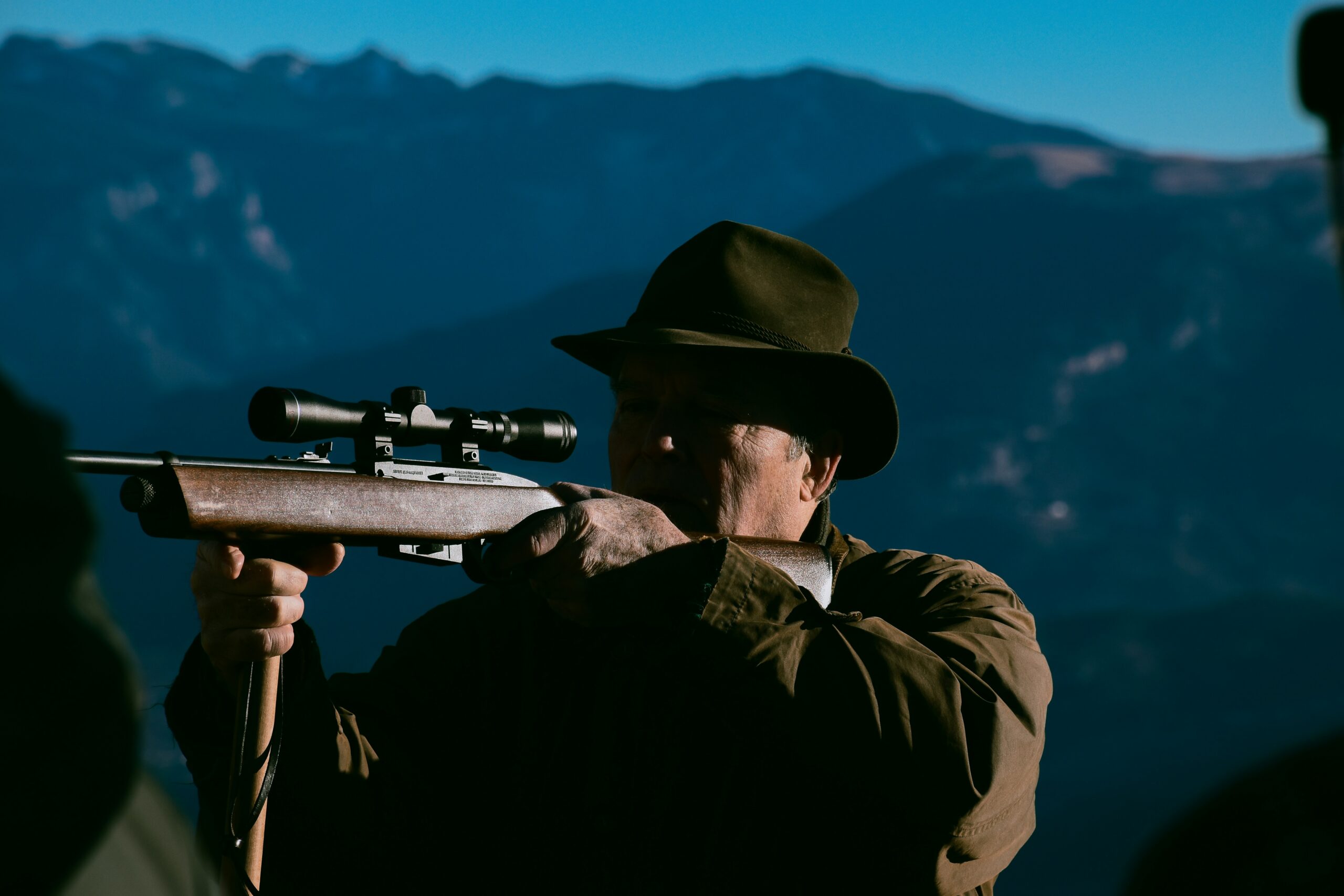As the seasons shift from winter to spring, hunters know that now is the time to begin preparing for successful hunts ahead. The early spring months offer some unique challenges and opportunities when scouting game trails. The key to a successful hunt is being able to identify and interpret the trails that animals leave behind. Whether you’re tracking deer, wild turkey, or other game, understanding how to scout spring game trails can make all the difference in finding your prey. Here’s a detailed guide on how to scout effectively and maximize your chances for a successful hunt.
1. Understand Animal Behavior in Early Spring
The first step in scouting is understanding how animals behave during early spring. Many species start transitioning from their winter habits, where food sources are more scarce, to the emergence of new growth, making it the perfect time to scout. Animals like deer are typically emerging from their winter bedding areas, looking for fresh forage. They may travel along established trails to feeding areas, water sources, or even places where they can find shelter from cold or windy conditions.
Key factors to look for:
- Feeding Areas: New vegetation, such as tender grasses and shoots, will be especially attractive to herbivores. Look for lush areas where these plants grow near forest edges, fields, and streams.
- Water Sources: Rivers, streams, ponds, and other bodies of water can become hotspots for game as they emerge from winter’s dry spell.
- Bedding Areas: As temperatures rise, animals begin to shift their bedding areas. Deer, in particular, move from heavy winter cover to places with more shade or soft ground for bedding.
2. Identify Active Game Trails
Spring hunting is all about understanding where your target species is moving and why. The key to finding these patterns is identifying active game trails. Game trails are typically narrow pathways formed by repeated movement of animals along the same route, and they can be found in forests, fields, or along the edges of water sources.
Look for these signs:
- Fresh Tracks: In spring, game trails are often marked by fresh hoof prints, claw marks, or tracks in the mud or soft soil. These signs are critical because they indicate which trails have been recently traveled.
- Broken Vegetation: When animals move through dense vegetation, they often leave a trail of broken or bent plants. Look for bent grass, broken twigs, or crushed leaves that indicate recent passage.
- Dirt or Mud Pathways: Especially after spring rains, trails will often show as compacted earth or dirt where animals have walked regularly. Muddy trails can provide clear signs of animal activity.
3. Map Out the Trail System
Once you’ve identified several active trails, it’s important to map them out. This will allow you to understand the flow of movement and how different game species are interacting with their environment. For deer and turkey hunters, this can help determine the best locations to set up blinds or tree stands for an ideal shot.
Use the following tools for mapping:
- Trail Cameras: Setting up motion-sensitive cameras along game trails is one of the most effective ways to scout without physically disturbing the area. Place the cameras where trails converge or near water sources to capture game activity.
- GPS Devices: Marking game trail locations on a GPS device or smartphone app can be helpful for revisiting these areas at different times of the day. You can track animal movement patterns more easily and identify the best times to hunt.
- Mapping Software: If you’re scouting larger areas, using mapping software that allows you to layer topography, vegetation, and water sources can give you a better sense of where to focus your efforts.
4. Evaluate the Wind and Weather Conditions
Understanding wind and weather conditions in early spring is crucial to effectively scouting game trails. In spring, the wind can shift dramatically throughout the day, so it’s important to assess how it will affect your ability to track or hunt game.
Important factors to keep in mind:
- Wind Direction: Animals, especially deer, rely heavily on their sense of smell. Scouting a game trail during windy conditions could either make or break your success. Make sure to approach trails from downwind to avoid alerting game to your presence.
- Rain: Spring showers can make tracking easier, as fresh tracks will be more visible in damp soil. However, it can also make trails less defined and muddy. It’s important to assess the after-effects of rain to find the most active trails.
- Temperature: As temperatures rise in the early spring, the activity levels of different game species change. Early mornings and late afternoons are typically when deer and other species are most active, especially when temperatures are cooler.
5. Look for Signs of Bedding and Roosting Areas
Aside from finding trails, it’s essential to find where animals are bedding or roosting. This is particularly important for species like wild turkey and deer, who spend a significant amount of time in these areas during the spring. Understanding where animals are resting gives you the advantage of knowing their travel routes, so you can plan your hunt accordingly.
What to look for:
- Deer Bedding Areas: These are usually located in areas with tall grass, brush, or dense woods. When scouting, look for areas where the grass is pressed down or where you see deer droppings or tracks.
- Turkey Roosting Sites: For wild turkey hunters, look for roosting sites in the trees. These are typically found in tall, mature trees that are located near feeding grounds or water sources.
6. Time Your Hunt
Timing is key when it comes to successful spring hunting. After scouting and understanding game trails, it’s crucial to pick the right time of day to hunt. Early mornings or late afternoons are typically the most productive times when animals are actively moving and feeding. These windows of time are essential for maximizing your chances of a successful hunt.
Best times to scout:
- Early Morning: Many animals are most active in the early hours when temperatures are cooler. This is especially true for deer, who are feeding before heading to their bedding areas.
- Late Afternoon: As temperatures rise throughout the day, animals begin to move again in the late afternoon to feed or water before settling in for the night.
Conclusion
Scouting game trails in spring is all about paying attention to the subtle signs in nature and understanding the movement patterns of your target species. By understanding how animals behave in early spring, identifying active trails, mapping out the areas, and timing your hunt correctly, you can significantly increase your chances of success. Whether you’re hunting deer, wild turkey, or other springtime game, putting in the effort to scout effectively will give you the edge you need to land that perfect hunt. Happy hunting!


